Until August 8th: Burgfestspiele in Bad Vilbel, Hessen
The Burgfestspiele is an annual open-air theatre festival held in Bad Vilbel, Hesse – less than a half-hour train ride outside of Frankfurt am Main. Although already well underway since May, July is the last – and arguably the best – month to catch a show here.
The festival takes place in the picturesque setting of the Burgfestspiele Castle, which dates back to the 12th century and provides a unique backdrop for the performances which cater to a wide range of tastes, including classical and contemporary works to innovative and experimental productions.
READ ALSO: 9 of the best day trips from Frankfurt with the €49 ticket
As well as the main theatrical performances, the Burgfestspiele in Bad Vilbel includes supporting events and activities such as art exhibitions, workshops and literary readings.
June 30th to July 2nd: Kreuzberg Festival, Berlin
For one weekend in July, the area around Bergmannstrasse in the Kreuzberg district of Berlin is transformed into a hub of live jazz music and filled with stalls selling culinary delights as well as arts and crafts.
Formally known as the Bergmannstrassenfest, the Kreuzberg Festival has been running since 1994 and is a well-loved event for jazz and culture enthusiasts from Berlin and beyond.
Visitors can listen to numerous artists from Germany and around the world on stages set up in the streets, where road traffic is temporarily banned. And the best thing about the festival is: it’s absolutely free!
June 30th to July 23rd: Landshuter Hochzeit, Bavaria
The Landshuter Hochzeit – or the Landshut Wedding – is a historical festival and reenactment that takes place in the city of Landshut in Bavaria once every four years. So don’t miss out this year, or you’ll have to wait until 2027 for the next instalment!
In a grand medieval spectacle that attracts thousands of visitors from all over the world for several weeks, the festival commemorates the wedding of Duke Georg the Rich of Bavaria-Landshut and Princess Hedwig Jagiellon of Poland, in 1475.

During the festival, the city transforms into a living medieval town, recreating the atmosphere and traditions of the late Middle Ages and featuring a wide range of events, including parades, jousting tournaments, historical processions, knightly competitions, music and dance performances, and medieval markets.
July 6th to 9th: Rudolstadt Festival, Thuringia
The Rudolstadt Festival is an annual music festival held in the town of Rudolstadt in Thuringia and is one of the largest and most renowned folk and world music festivals in Europe.
Over the years, the festival has gained a reputation as a close observer and promoter of political currents in folk and world music, and this year will feature a number of politically engaged artists, performers and bands whose music is about love, feminism, discrimination and tolerance.
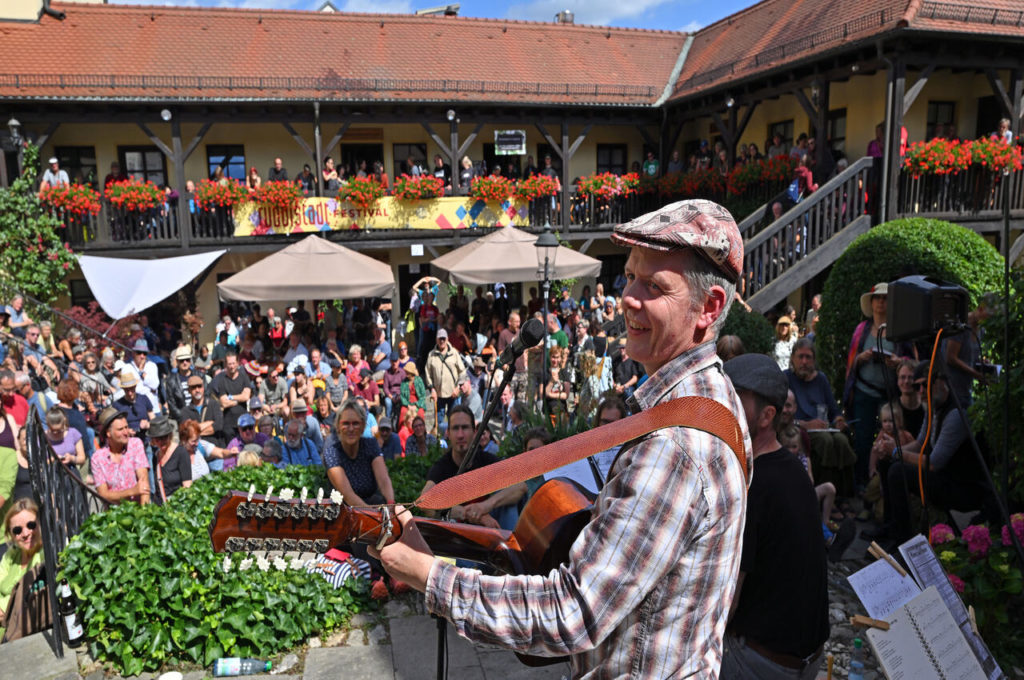
Multiple stages and venues are set up throughout the town, in parks, churches, historical buildings, and on open-air stages, so that attendees can themselves in different musical experiences.
As well as the live performances, the festival offers an array of activities and events including workshops, panel discussions, cultural exhibitions, and film screenings.
July 22nd to July 30th: Libori, Paderborn
Every year as the end of July approaches, the city of Paderborn in North Rhine-Westphalia hosts one of Germany’s oldest and largest folk festivals.
Lasting for nine days, the Libori Festival combines elements of religious tradition into an international festival, that features a lively fairground and a cultural hub known as the Liboriberg.

The town hall square transforms into a vibrant concert venue and dance floor, while the Franz-Stock-Platz hosts a variety of events from acrobatics to comedy, theatre, and puppet shows.
The festival began in the year 836 when the relics of St. Liborius were brought back from Le Mans to the episcopal city of Paderborn. Now, it attracts up to 1.8 million visitors every year.
July 14th to 23rd: Rheinkirmes, Düsseldorf
Rheinkirmes, also known as the Rhine Funfair or Rhine Carnival, is one of the largest and most popular funfairs in Germany. It takes place annually in Düsseldorf on the banks of the Rhine River.
During Rheinkirmes, the Oberkassel Rheinwiesen, a large meadow area on the banks of the Rhine, is transformed into a bustling fairground with a variety of attractions, including rides, traditional fairground games, food stalls offering delicious treats, and performances. The fair is known for its lively atmosphere, bright lights, and festive decorations.
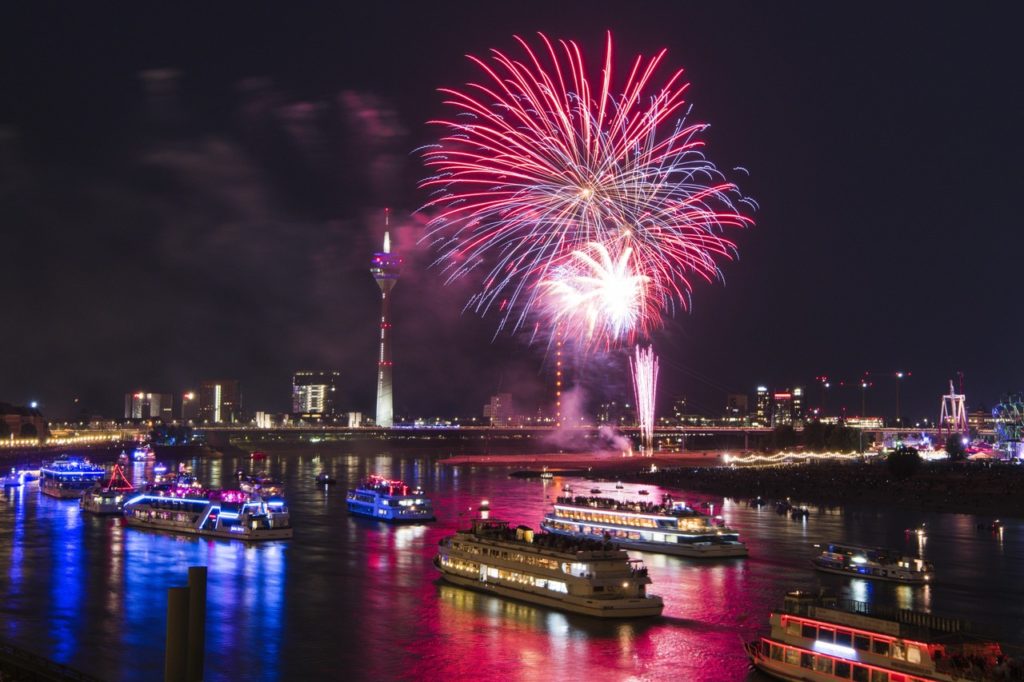
Rheinkirmes also has a strong historical significance, as it is closely associated with the St. Sebastianus Schützenverein, a marksmen’s association in Düsseldorf with a history dating back over 700 years. The fair coincides with the feast day of their patron saint, St. Apollinaris, on July 23rd. As part of the festivities, the association organizes the “Historic Procession,” a grand parade featuring thousands of shooters in traditional uniforms and marching bands.
Another highlight of the festival is the annual firework display which takes place on the last Friday of the festival, which this year will be July 21st.
July 23rd to 31st: Munich Opera Festival
The Munich Opera Festival is organised by the Bavarian State Opera, one of the world’s leading opera houses, and features a diverse program of opera performances, ballet productions and concerts.
The performances are often characterised by innovative stage productions, elaborate sets, lavish costumes, and top-notch musical interpretations.
READ ALSO: Nine of the best day trips from Munich with the €49 ticket
The Munich Opera Festival showcases a wide range of operatic works, including classic masterpieces, contemporary compositions, and lesser-known gems. The performances are held in various venues around the city, including the historic National Theatre (Nationaltheater), the Prinzregententheater and Cuvilliés Theatre.

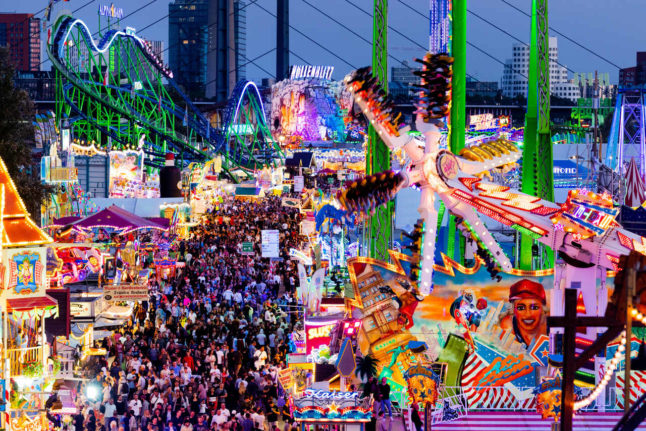

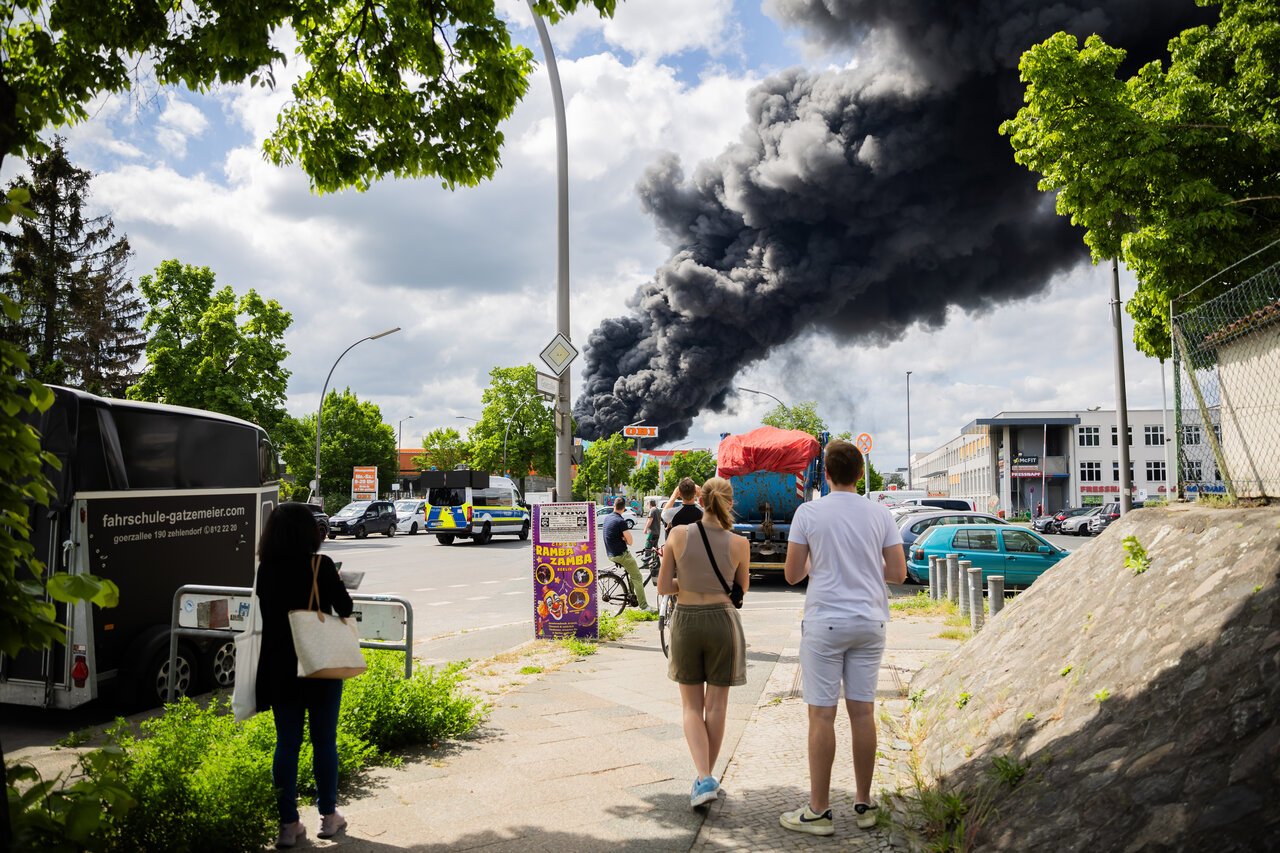
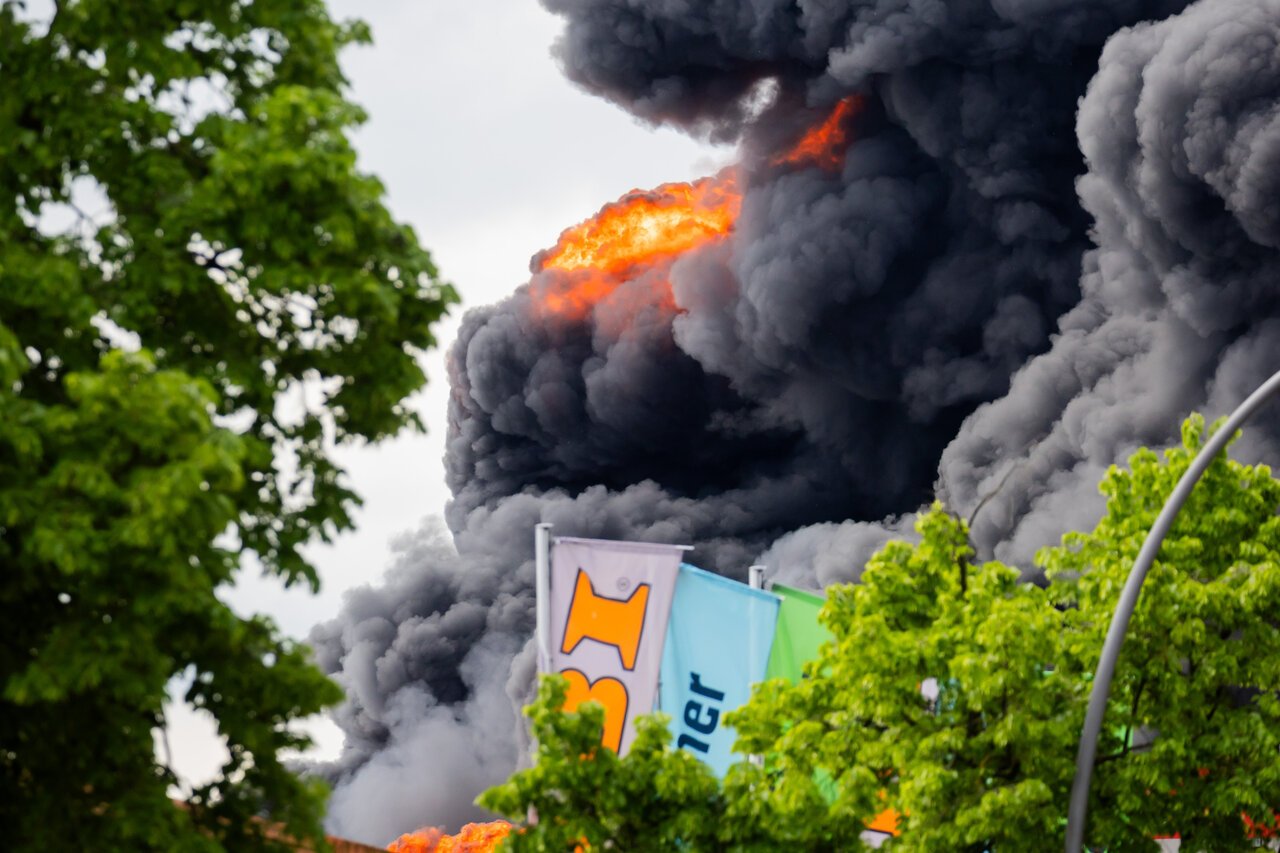
 Please whitelist us to continue reading.
Please whitelist us to continue reading.
Member comments